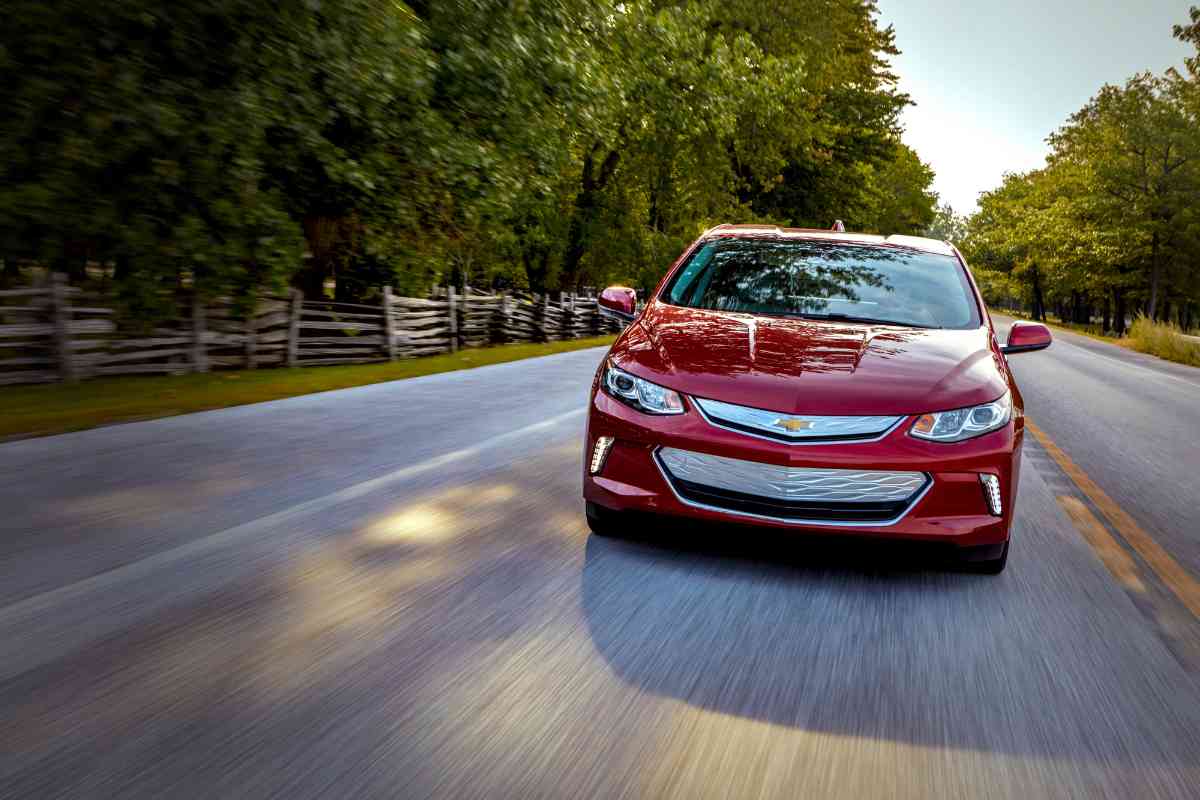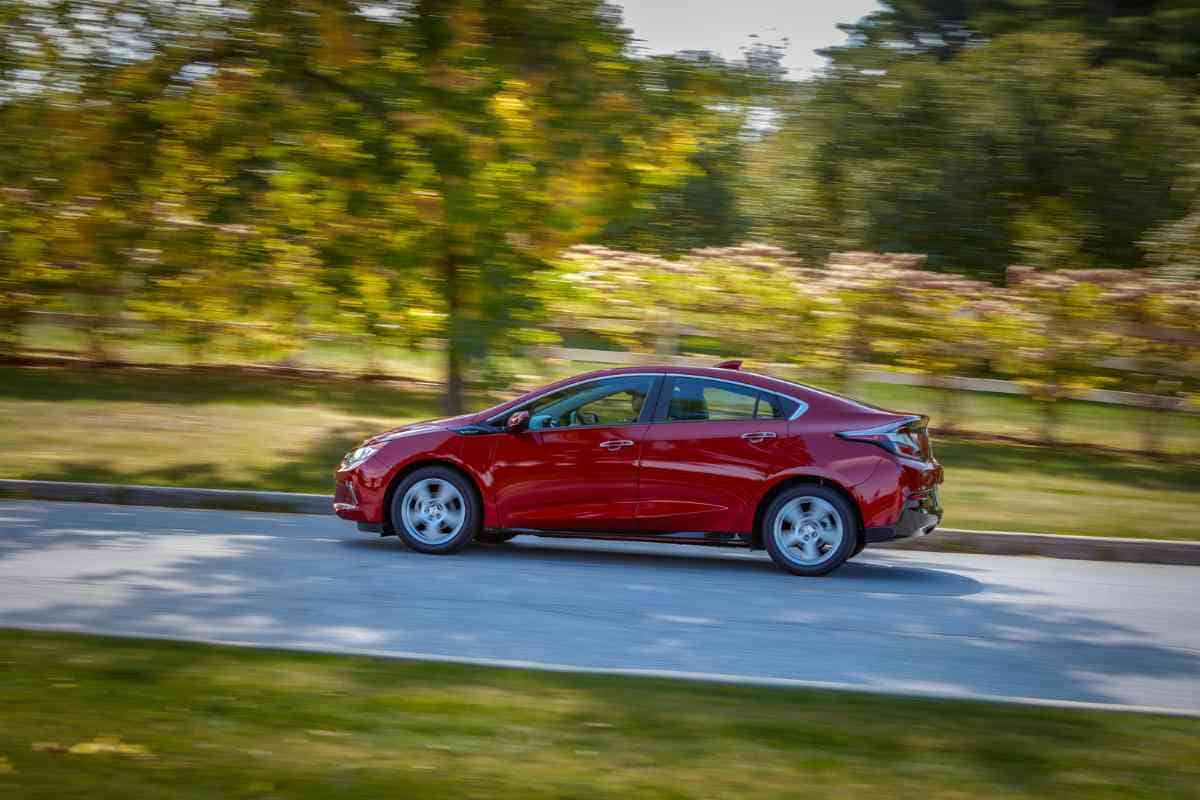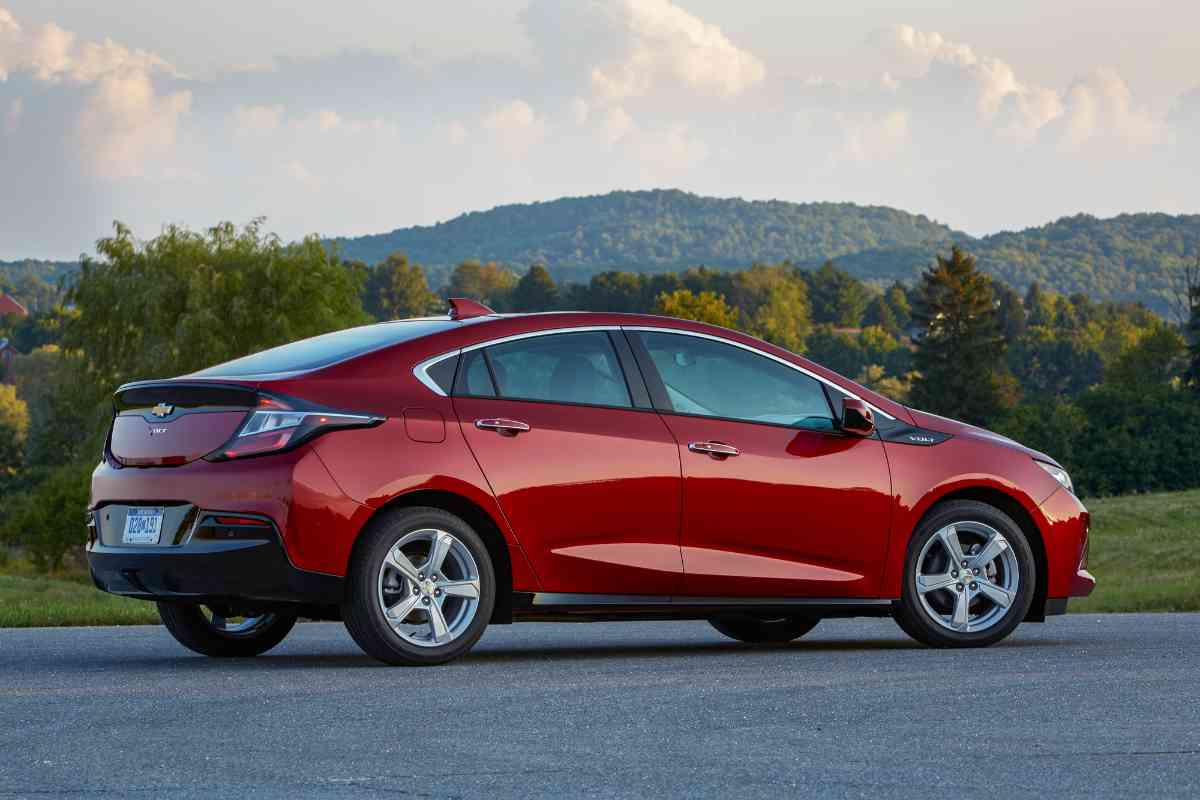The 3 Worst Years For The Chevy Volt
You are considering purchasing a hybrid and found a pre-owned Chevy Volt, but should you buy it? Here are the Chevy Volt years to avoid and why.
What Chevy Volt Years Should I Avoid?
The worst model years of the Chevy Volt are 2012, 2013, and 2017. General Motors has produced more good years than bad ones of this plug-in hybrid, but there have been issues. Complaints have included the failure of the BCM, airbag issues, braking problems, and shift to park warnings on the dash.
When General Motors introduced the Chevy Volt in 2011, it was one of the first plug-in hybrids on the North American market.
The company did a masterful job trumpeting the car to the public and the press, touting the Volt for its efficiency and nimble drivability.
The hype was so thick that the car won the North American Car of the Year for 2011. Compared to other hybrids like the Toyota Prius and the Nissan Leaf, the Volt seemed like a definite win to capture a market segment of young professionals who wanted to do their part to protect the environment.
What is the Lifespan of a Chevy Volt Battery?

With proper maintenance, a Chevy Volt can be expected to last between 200,000 and 300,000 miles. If you drive around 18 k miles a year, the sedan should give you about 10 – 15 years of quality service, depending on the year model you drive.
How Reliable is A Chevy Volt?
Depending on the year model, Chevy Volts have one of the best track records of any hybrid vehicle on the market. Owners should be wary of certain year models, so that they do not experience major problems.
How Many Miles is A lot for a Chevy Volt?
Anything approaching 200,000 miles is probably pushing the limits of a Volt’s systems. Most used cars experience major break downs once they have reached this threshold.
What Years of Chevy Volt To Avoid?
The Volt started out great, but it quickly ran into issues with owners who discovered that the car had severe issues.
2012 Chevy Volt
It took less than a year for the Volt to lose its luster, or at least to lose its ability to run. The biggest complaint was the failure of the battery control module (BCM).
The battery control module on a hybrid regulates the voltage that comes and goes from the lithium-ion battery and determines whether to draw from it or send recharging power to it.
Customers complained that the module was responsible for erratic warning lights on the instrument cluster, the car shutting down, and even the lithium-ion battery losing its charge. For information about towing an electric car, see the article on fourwheeltrends.com
Unfortunately, since the Volt was the first hybrid General Motors had undertaken, many dealerships needed certified technicians to work on them
The result was that customers were without their vehicles for long periods or had to endure inconsistent diagnosis and repair attempts.
Another issue for the 2012 Volt was excessive overheating and coolant loss. The water pumps were prone to failure, creating issues for the car’s performance.
Even worse, GM used coolant around the lithium-ion battery packs to keep them cool, and when these leaked, the coolant crystallized, creating a spark.
The NHTSA (National Highway Traffic Safety Administration) investigated the problem of fires igniting inside the cabin, particularly during side-impact collisions. While there was no record of any fire igniting in the real world, the NHTSA stopped short of declaring the 2012 Volt unsafe to drive.
Other minor issues included replacing TPMS (Tire Pressure Monitoring Systems) and problems with electronics, including faulty backup cameras and displays.
These might not have been as serious as a potential fire breaking out, but they were enough to cause owners a great deal of frustration about what was supposedly one of the best cars on the market.

2013 Chevy Volt
The problem with the 2013 Volt was that it was the same car as 2012, only with an added electrical issue. The car developed a software glitch that could cause the electric motor to stall or stop functioning.
Customers reported that the if the car sat for a few minutes and then restarted, the vehicle would be completely operational until the glitch kicked in again and caused the car to stall. The glitch affected only about 4,000 Volts, so some consumers had no stalling problems, while others had them all the time.
Another problem with the 2013 Volt is a faulty ECM (Electronic Control Module) that forced the gas engine to run constantly, despite a full battery charge.
Customers were upset at the constant need to refill the small gas tank and the apparent lack of the car operating in EV mode. Usually, the Volt would be able to drive on city trips on straight electric power, but these volts seemed to prefer to depend on the gas engine.
The company had issues with brake fluid leaks, which drove customers mad with constant brake flushes and dry reservoirs.
While the expense was not that much, it happened frequently enough to create more than a little bit of aggravation for owners.
2017 Chevy Volt
GM decided to introduce the second generation of the Chevy Volt in time for the 2017 model year. The Volts new design was more attractive, with upgraded amenities, and tech and safety features.
New driver conveniences like blind spot warning, lane departure warning, and android auto or apple carplay.
The car had good acceleration, and more power for passing, and a more efficient regenerative braking system.
However, the first year of the next generation was filled with a host of issues. Prime among the complaints were the electric systems, including a burnt battery smell, and headlights that didn’t nearly work when they were supposed to.
The 2017 has no safety recalls that have been issued as of this writing. Although, recently a class action lawsuit has been filed concerning the failure of the battery energy control module, which was responsible for keeping the lithium battery from overheating or freezing in colder climates.
When the BECM failed, the customer was subjected to reprogramming remedies that eventually led to replacement.
What are the Best Years for the Chevy Volt?
The best years for the Volt are 2016, 2018, and 2019, with the 2019 model being the best of the bunch
Unfortunately, this model was the last year that the Volt was manufactured, which is a shame since it is clear that GM was on a roll having developed a hybrid vehicle that scored well two years in a row. (In fairness, General Motors has issued a recall for the 2018 and 2019 year models for rear brake failure).
Can A Volt Run on Gas Only?
The answer is yes. It gets some of the best mpg of any hybrid, however, the mpg is much better when the electric motor is aiding the performance of the car. A hybrid’s electric motor is designed to handle city traffic, so that the MPGe can be even higher.
When was the Volt Discontinued?
General motors replaced the Volt with the all-electric Bolt, as it positions itself to capture the EV market that seems to be growing in popularity.
Many of the new vehicles that car companies are producing are the direct result of governmental regulations and strong environmental committments to reduce carbon emissions. For more information on the difference between the Volt and the Bolt, see the article on fourwheeltrends.com

Key Takeaways
- The worst years for the Chevy Volt are 2012, 2013, and 2017.
- The best year for the Volt are 2018 and 2019 year models.
- Problems were battery issues, engine problems and coolant leaks.
